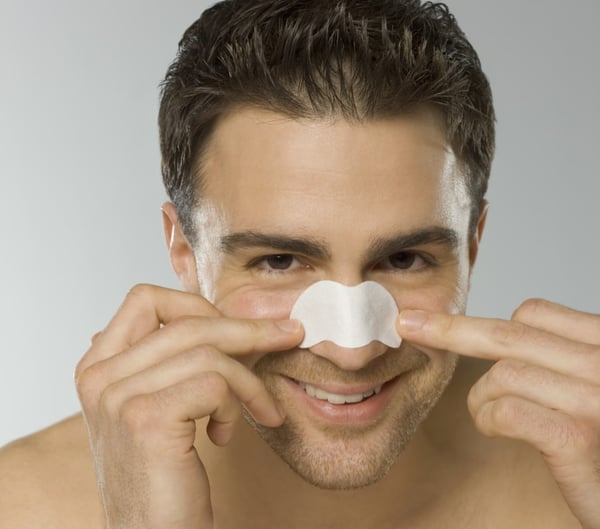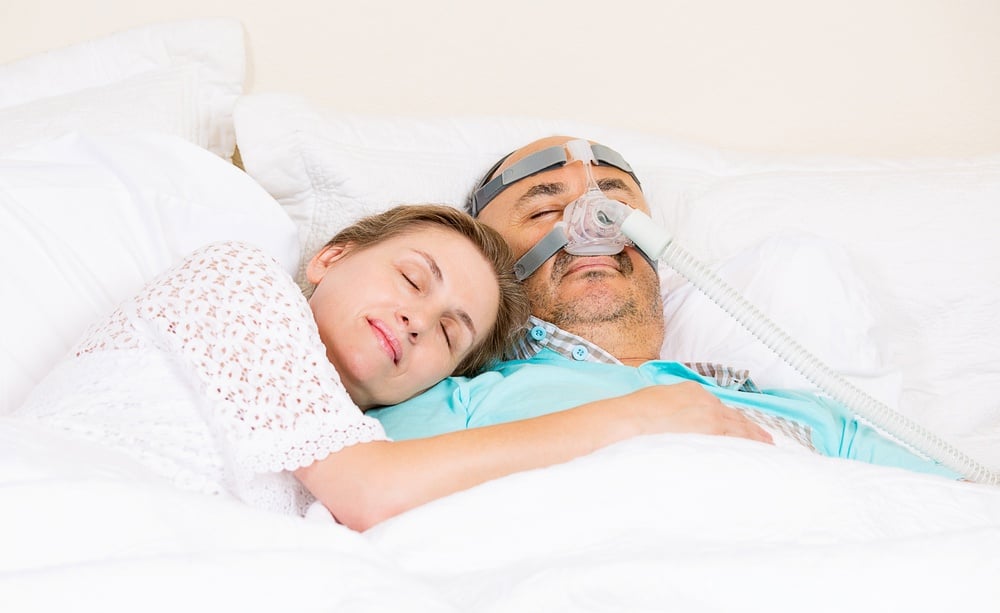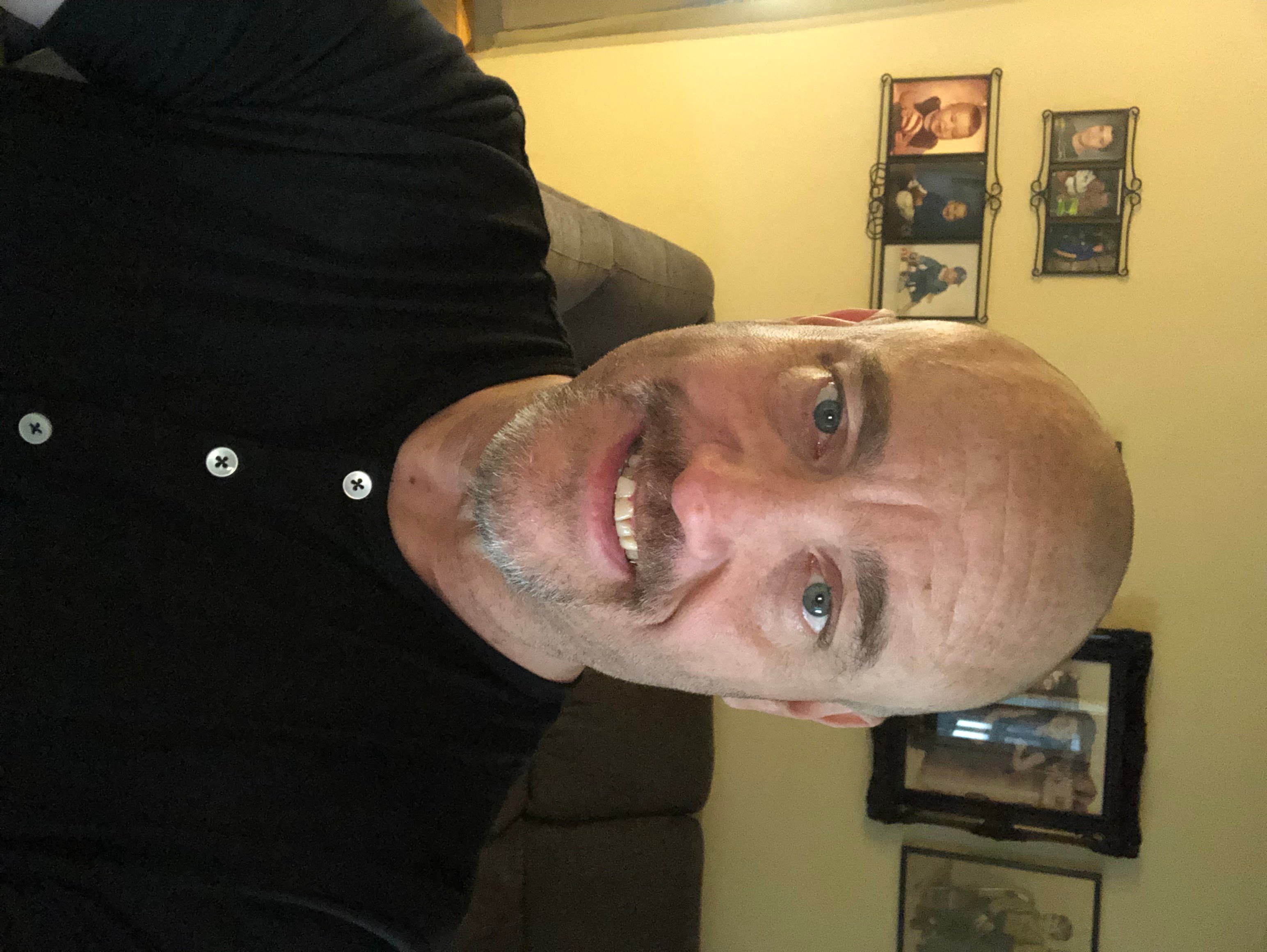
Many patients that are new to sleep apnea treatment often ask us if nasal strips, that open your nasal airways, are a good solution to their problem. It would seem that a small Band-Aid-like adhesive strip that attaches to the outside of your nose would help open your airway and help you breathe throughout the night, maybe even stop your snoring altogether.
However, obstructive sleep apnea (OSA) is a condition that is a sleep-related breathing disorder that lowers or completely stops the intake of airflow despite your body’s best efforts to continue to breathe. It is caused when the muscles relax during your sleep and the soft tissue in the back of your throat collapses and blocks your upper airway.
Can nasal strips treat sleep apnea? The short answer is no.
In fact, this exact question has been recently studied by Dr. Clete Kushida and his group. They found that nasal strips did not actually increase REM sleep cycles, oxygen intake during sleep, or most importantly, nasal strips did not decrease patients’ sleep apnea symptoms.
The most important action to take if you suspect that you have sleep apnea or someone you love has sleep apnea is speaking to your primary care doctor or a sleep specialist. The longer you wait to seek answers, the greater the impact sleep apnea can have on your short-term and long-term health.
How nasal Strips Work
Despite their straightforward design, nasal strips are unique in their function. They are made of flexible bands with adhesive to stick to your nose. They are placed right above the flare of your nostril.
The bands work to return to their straight shape. As their work to return to their flat design they lift the inflamed nostrils to allow more airflow during times of allergies, cold, congestion and deviate septums.
Can CPAP Users Wear Nasal Strips?
Absolutely, in fact, we recommend to our patients to use them when they find themselves in times of inflammation or congestion. Wearing a nasal strip while using your CPAP mask can improve your night’s sleep.
There are some pointers we encourage those contemplating using a nasal strip while wearing a CPAP mask.
- Make sure the position of the strip won't cause air leaks with your mask. Having a strip along the seal of your mask can cause air leaks.
- Nasal strip adhesive can cause skin irritation. If you have sensitive skin test the strip before on-going use with your CPAP mask.
- Try different sizes and shapes. There are several different brands of nasal strips. Find a nasal strip that will work for your nose shape and size.
Nasal strips should not be used as a replacement to your CPAP mask and machine. However, they are a great aid when using a CPAP machine to increase airflow through your nose. Ask your sleep medicine provider about the placement of nasal strips when wearing your CPAP mask.
At Home Remedies to Minimize Symptoms of OSA
Now that we know that nasal strips do not have a significant impact on your obstructive sleep apnea, let’s chat about what effective things you can do at home to decrease your symptoms.
- Lose weight if you're overweight. Easier said than done, we know. But the fact is that if you are carrying additional weight OSA is more prevalent. Even a small decrease in your weight can improve your symptoms.
- Exercise regularly. It comes hand in hand with losing weight. But routine exercise doesn't just improve your overall health but also has a positive influence on your OSA.
- Drink alcohol moderately. Or don’t at all. But if you must (and we understand) then try to avoid drinking before bed. Alcohol has many negative effects on your sleep.
- Quit smoking. This one is fairly straightforward. Smoking or any type of inhalant decreases your lung's ability to take in oxygen. But a truly impressive thing about our body is that once we quit smoking, it begins to repair itself.
- Use a nasal decongestant or allergy medications. Wait a minute, what about nasal strips? Well, nasal strips serve their purpose. If you’ve ever been congested or are an allergy sufferer you can understand. They do help keep your nasal cavities open. Nasal decongestants or allergy medications work within the body to reduce inflammation and mucus blockage, which is different than nasal strips.
- Don't sleep on your back. Hmmmm. How does your sleep position impact your OSA? Remember that OSA is when the muscles in your neck and throat relax and create a blockage, well, that blockage is more likely to occur when you sleep on your back. Side sleeping is the gold standard of sleep positions.
However, the most immediate and effective treatment is to start engaging in consistent sleep therapy, such as a CPAP, BiPAP, and APAP machines. Using a positive airway pressure machine forced pressurized air through a device secured to your face, mouth, or nose. It reduces the number of decreased or stopped breathing events during the night.
Next Actions
We are here to help. Sleep Resolutions has a team of highly educated sleep educators and experts ready to help answer any questions you have. Schedule a phone consult today to talk about your options or browse our blog for more information on equipment, our staff, and all things sleep. The last thing we want is to leave you without the answers you need.
1. Camacho M, Malu O, Kram Y et al. Nasal Dilators (nasal Strips and NoZovent) for Snoring and OSA: A Systemic Review and Meta-Analysis. Pulmonary Medicine. Volume 2016, Dec 13.













Leave a comment